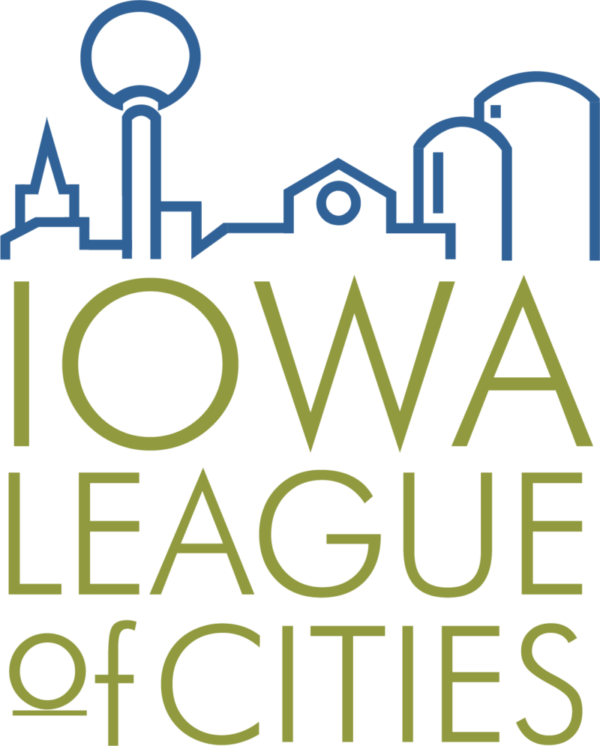Are you curious about public utility rates for water, wastewater and stormwater utilities? Iowa Finance Authority (IFA) recently funded a project to examine public utility rate information, collected and compiled by the Environmental Finance Center at the University of North Carolina at Chapel Hill (UNC EFC). The Iowa League of Cities served as a partner on this project. Six hundred thirty-five utilities participated, representing 72% of public utilities in Iowa; the data derived from this process is robust and can provide a valuable resource to communities.
Deliverables from this project include a report that summarizes the results, a recorded webinar, tables and standardized utility rate information, and interactive utility rate dashboards. Users are able to compare attributes and characteristics, demographics and financial information from utilities across Iowa.
It should be noted that comparing utility rate information isn’t as easy as looking at the numeric rates charged by local utilities. Each utility has its own way and its own factors involved in setting rates. For example, some utilities may find that they are not charging enough to properly maintain assets or have not re-examined rate structures in many years. Others may face with mandatory environmental compliance upgrades that force them to examine increases. The rate itself can be thought of as a starting point for more analysis.
As noted in the summary report, ‘water and wastewater rate setting is one of a local government’s most important environmental and public health responsibilities.’ The information gleaned from this project and its deliverables can help communities make decisions based on data and information. In fact, the UNC EFC recommends that utilities review their rates at least every two years to keep pace with inflation. Regular review provides an opportunity to evaluate if current rates are sufficient to cover day-to-day expenses as well as saving for emergencies and capital planning.
The report summarizes common rate structures and factors, and the dashboards make it easy to see rates across Iowa visually.
Prices and the Cost of Service
Pages 11 and 12 in the report summary examine whether public utilities generally charge sufficient rates to cover operating expenses, including depreciation. The report estimated that with depreciation included where that data was available, approximately 75% of water utilities and 81% of wastewater utilities generated enough revenue to cover operating expenses for the period surveyed, June 2022 to April 2023. The report also notes that smaller communities’ rates will be more sensitive for those cities not currently charging rates adequate to cover operating expenses because a smaller population is paying them. It notes that for water and wastewater utilities, almost all with an operating ratio of less than 1 (meaning its revenues do not meet its expenses) serve fewer than 10,000 people.
Affordability for Residential Customers
Page 13 looks at affordability for residents, using an approximated measure of affordability by percent of median household income by the utility. UNC EFC also provided links to additional resources and an assessment tool on utility rate affordability.
Past Iowa League of Cities Archives
Over the past decade, the Iowa League of Cities has conducted a biennial utility rates survey of public utilities. While smaller in scale and scope, the results may be helpful to scan rate history over a period of time. 2018 and 2020 summaries can be found here.






